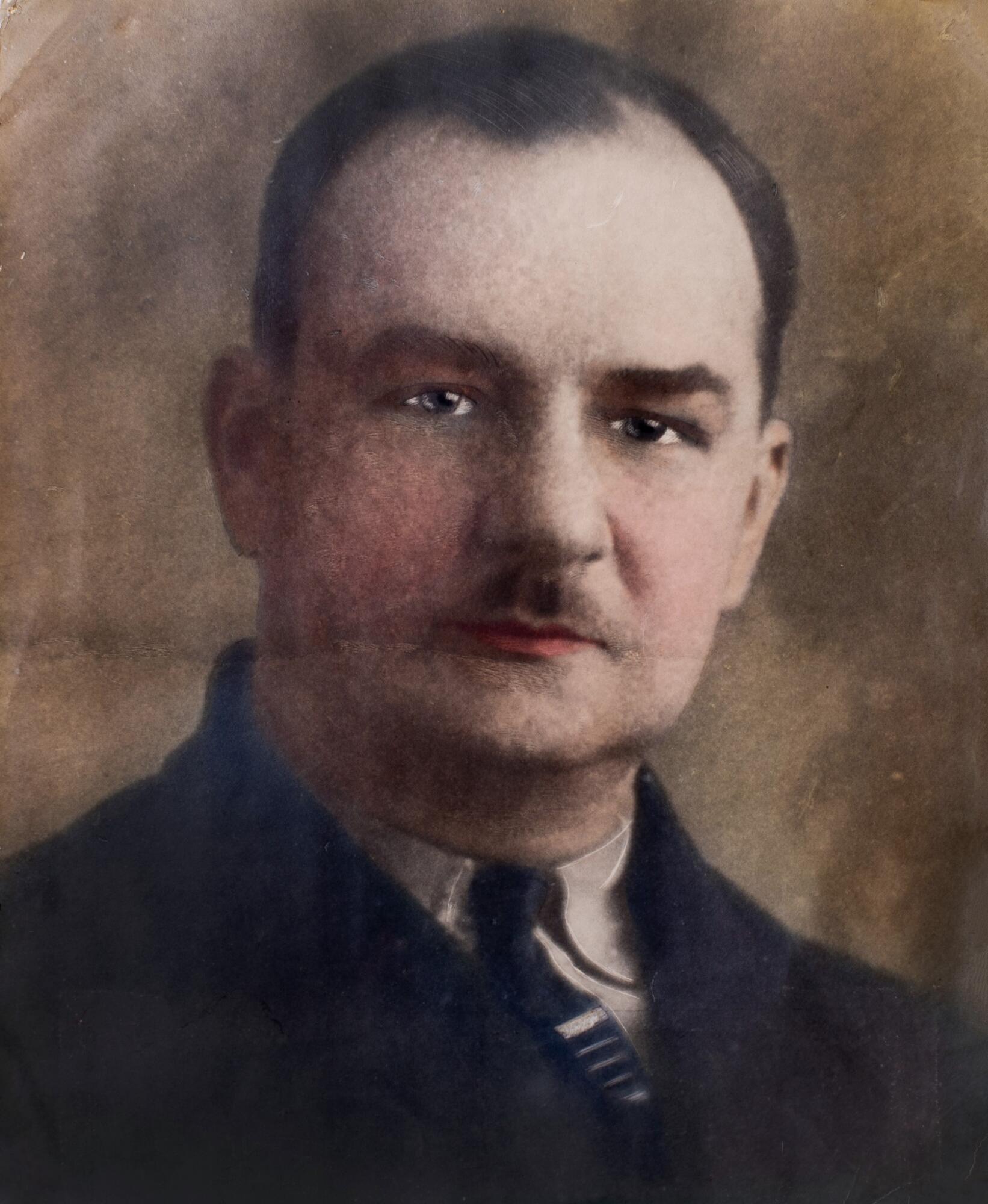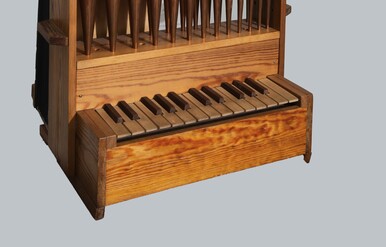The life of Konstantin Konstantinovich Knyaginin (1898–1976) is a difficult story of a talented and thoroughly decent person who contributed greatly to Barnaul’s cultural scene.
The son of a Kyiv engineer was introduced to the world of music at the age of six. After graduating from secondary school, he enrolled in the Kyiv Medical Institute, while also studying at the piano department of the Nikolay Tutkovsky Music College. He was acquainted with many prominent musicians, including the composer Sergei Rachmaninoff.
Knyaginin’s life came crashing down in the late 1920s. After someone informed the authorities of his criticism of collectivization, Konstantin Knyaginin was arrested, accused of “anti-Soviet activity”, convicted, and sent to a camp in the Krasnoyarsk Krai where he spent three years. As a certified physician, he was able to continue working in his field even in the forced camp and saw his patients in the village of Afonino.
In 1932, Konstantin Knyaginin was released on probation “with deprivation of rights”. He lived and continued medical practice in Kuzbass (Kiselevsk and later Prokopyevsk). It was only three years later, after arriving at Barnaul, that he was able to return to music.
At the Glazunov Children’s Music School, Konstantin Knyaginin started teaching the piano, while also heading the music school at the Barnaul Melange Plant. Apart from teaching, he worked as a tuner and a silent film pianist in movie theaters.
As an “enemy of the people”, during the Great Patriotic War, Konstantin Knyaginin was forced to leave Barnaul and move to Chesnokovka (nowadays known as Novoaltaysk) where he created unique resource books for piano teachers.
After the end of the war and his exculpation, in 1948, Konstantin Knyaginin returned to teaching, enlightening, and public work and composed many pieces for the piano. Nowadays, many of them are performed at concerts by teachers and students of Glazunov Children’s Music School No. 1.
The museum houses Konstantin Knyaginin’s personal
collection, including manuscripts, sheet music, documents, books, photographs,
other pictures, and personal belongings of the musician.


